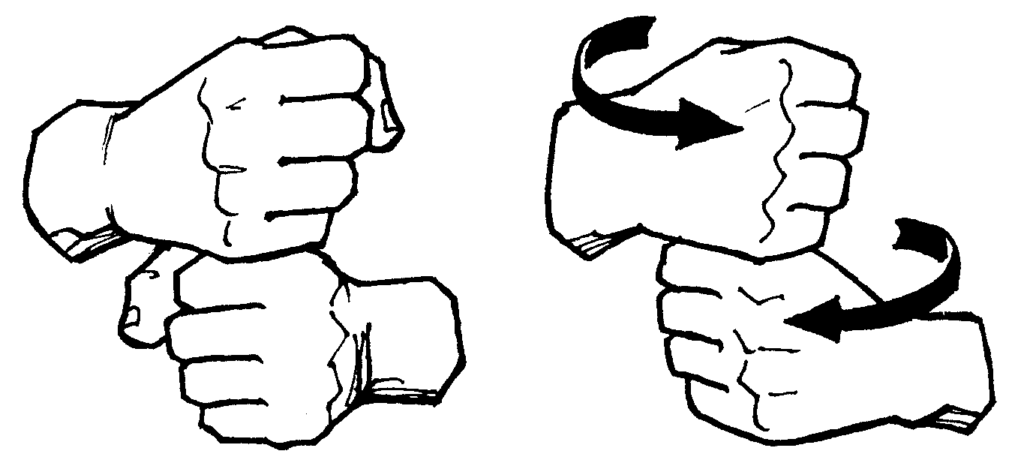Indian Sign Language is used by the Indian deaf community and has 5 parameters considered for learning ISL. 5 parameters describe how the mark behaves within the signer’s space. Think of a rectangle drawn on the upper part of your body; that is the Signer space. The signature space extends the width of your elbows when your hands are at your waist four inches [4 cm] above your head to 4 inches below the button of your abdomen. The parameters are handshape, palm orientation, movement, location, and expression/non-manual signals
- HANDSHAPE: The shape of the hand contains the active alphabet and other physical variations. Each alphabet has its own hand gesture, as shown in the image below:

- Palm orientation: Direction is directed in the direction in which the palm is facing. The shape of the palm helps to improve vocabulary. Most of the time we use “normal” methods such as: up, down, forward, side and back. However, the direction of the palm is usually a combination of those and usually changes slightly throughout the production of the sign. The shape of the palm is often used to indicate the presence (owned or owned). It is also used in combination with movement to establish an action agreement.

- Types of movement: There are different types of movements that are used in ISL. Some of them are mentioned below:
- Circular movement: One or both hands move in a repeated horizontal or vertical circles.

- Fingerspelling: Signing individual letters.

- Strike Movement: Emphasize striking two parts of your body together.

- Twist Movement: Twist your wrist once. Usually only one hand

- Wiggle Movement: Wiggling fingers back in forth repetitively or slightly wiggling near head.

- Types of location: A place is a visible place where a sign occurs in relation to your body within the signature space. The areas listed below are the most common. Additionally, symptoms can start in one place and end in a different place. The different types of locations are:
a) Chin
b) Shoulder
c) Front of body
d) Front left/right of body
e) Forehead
- Expressions/Non-Manual Signals (NMS): Non-verbal signals refer to facial expressions or body language that are used to convey additional meaning through a sign. The NMS includes expressions that are expressed through eyebrows, lips, eyes, nose, and head movements such as nodding, shaking, or tilting.

In summary, the ISL has 5 parameters: hand suspension, palm shape, movement, location, and non-human expressions / symbols, with each parameter having its own value. Without these 5 limitations, the vocabulary and grammar would not be complete. All five parameters must be properly signed to sign correctly.
